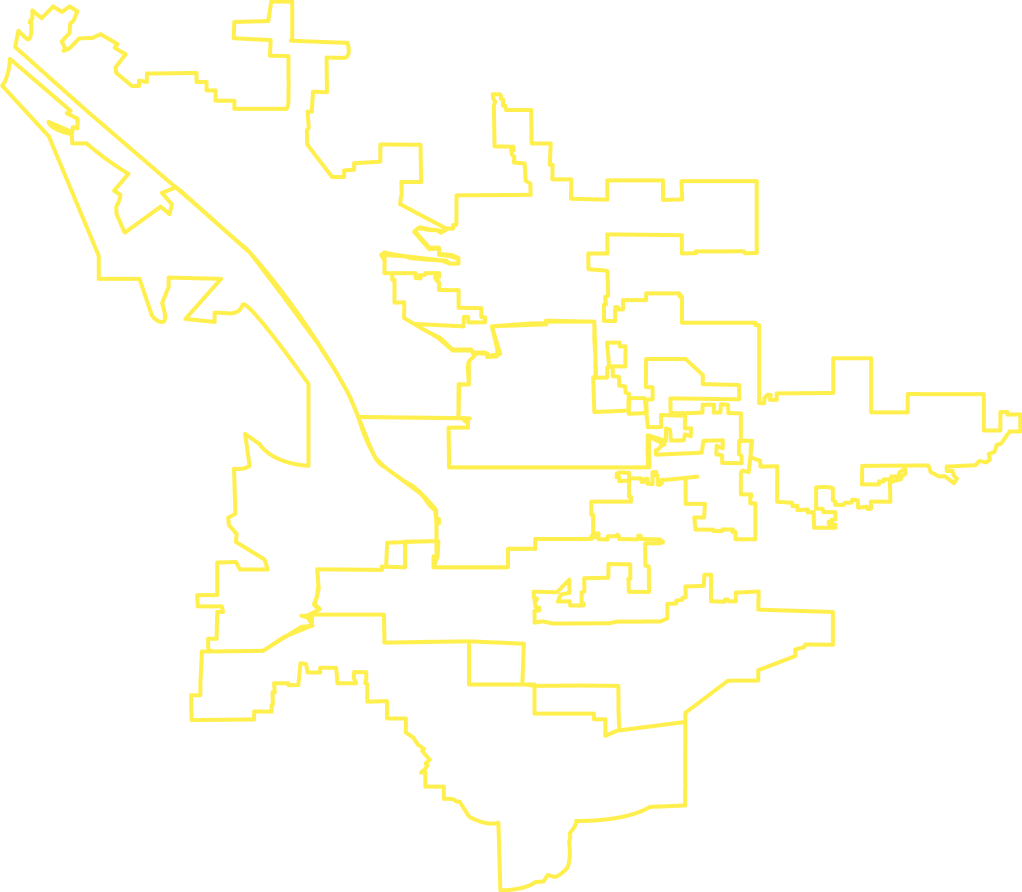The City of San Bernadino
The City of San Bernardino is the largest city in San Bernardino County, the largest county by geography in the nation. San Bernardino is also the San Bernardino County seat. As of the 2020 census, the city had a population of 222,101. It is a major city in the Inland Empire region of California, the 13th largest region in the nation, comprising San Bernardino and Riverside Counties with a population of 4,599,839.

The City of San Bernardino is the largest city in San Bernardino County, the largest county by geography in the nation. San Bernardino is also the San Bernardino County seat. As of the 2020 census, the city had a population of 222,101. It is a major city in the Inland Empire region of California, the 13th largest region in the nation, comprising San Bernardino and Riverside Counties with a population of 4,599,839.
The region has been populated by Tongva (or Serrano) people who for many generations were the stewards of the region’s natural resources at the base of the San Bernardino mountains.
Spanish settlers arrived in the early 1800s and the city was founded by Mormon settlers in the midst of mining and gold rushes. The California Southern (later Southern Pacific and then BNSF) railroad arrived in 1883, connecting the city to the rest of the country and west to Los Angeles.
The city has experienced significant economic hardship starting with the decline of major manufacturing in the 1980s and accelerated with the closing of the Norton Air Force Base in 1994. The economic crash of 2008-9 impacted the region heavily, with the subprime housing crash resulting in major loss of jobs and people losing their homes. The City filed for bankruptcy in 2012.
San Bernardino’s economy has remained stagnant in the past decades, with an economic base rooted in the railroad, which moved much of its corporate staff out of the region in the 1970s, and the Air Force Base, which closed in 1994. Replacing this economic activity has been the development of a significant amount of warehousing and goods movement.
The City is one of the most diverse in California, 54% Hispanic or Latino, 9% Black and 27% white according to the 2020 census.
The City is also by many measures the poorest in California, with 34.6% of the population living in poverty, second only to Detroit nationwide. The Just SB Coalition organized to focus on the lack of economic opportunity in the city and its neighboring communities, something that existing leadership and economic strategies have failed to address in recent years. The Just SB Collaborative aims to propose new, community-based strategies to address the economic stagnation San Bernardino faces.
By the Numbers
Population
%
Hispanic or Latino
%
White
%
Black
%
Living in Poverty
San Bernardino Wards
Wards: District lines are adopted using the following criteria: (1) geographically contiguous districts, (2) the geographic integrity of local neighborhoods or communities in manner that minimizes division, (3) geographic integrity of a city respected to minimize division, (4) easily identifiable boundaries that follow natural or artificial barriers (rivers, streets, highways, rail lines, etc.), and (5) lines drawn to encourage geographic compactness. In addition, boundaries shall not be drawn for purposes of favoring or discriminating against a political party.
Wards median household average income 2021:
1st Ward: 8.89 sq miles $42,728
2nd Ward: 4 sq miles $48,899
3rd Ward: 10.47 sq miles $65,965
4th Ward: 12.79 sq miles $80,161
5th Ward: 12.08 sq miles $79,513
6th Ward: 9.28 sq miles $59,922
7th Ward: 4.63 sq miles $63,318